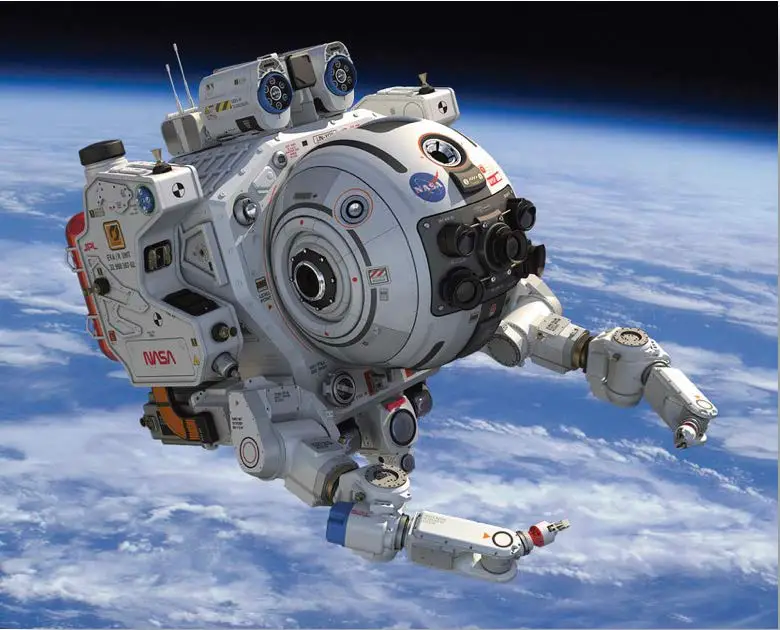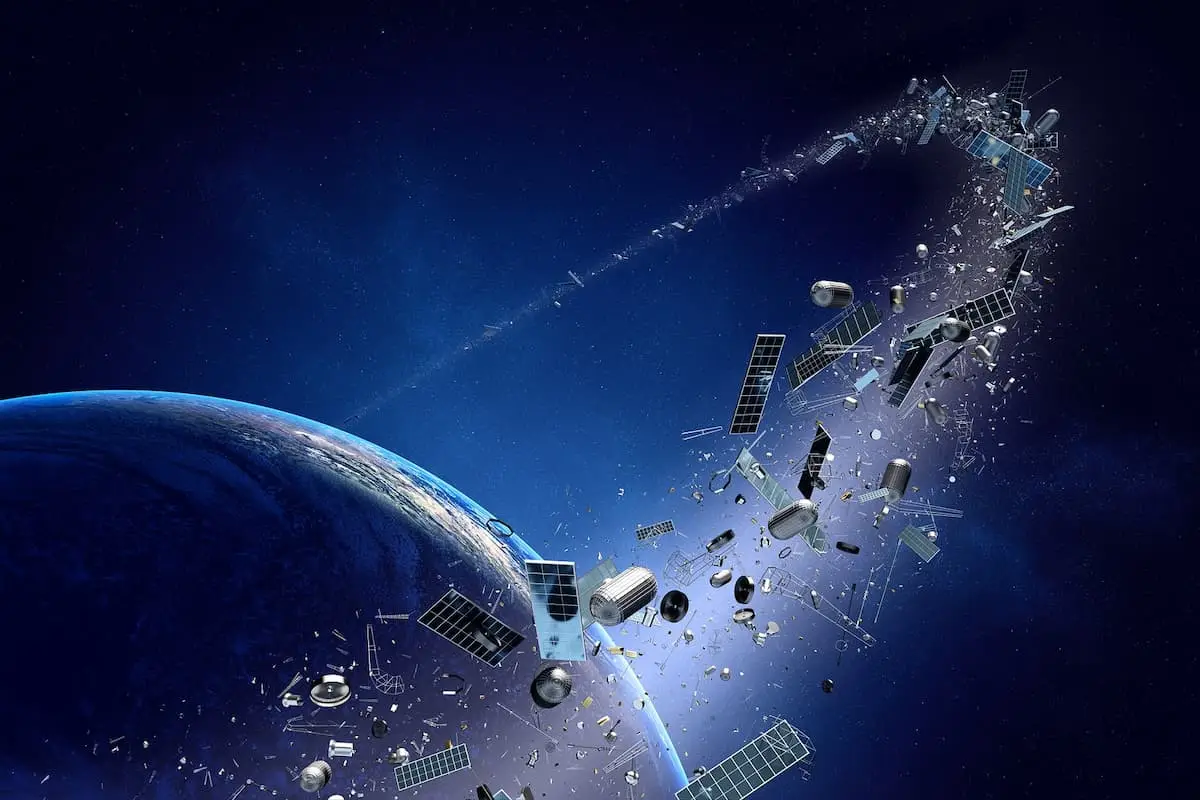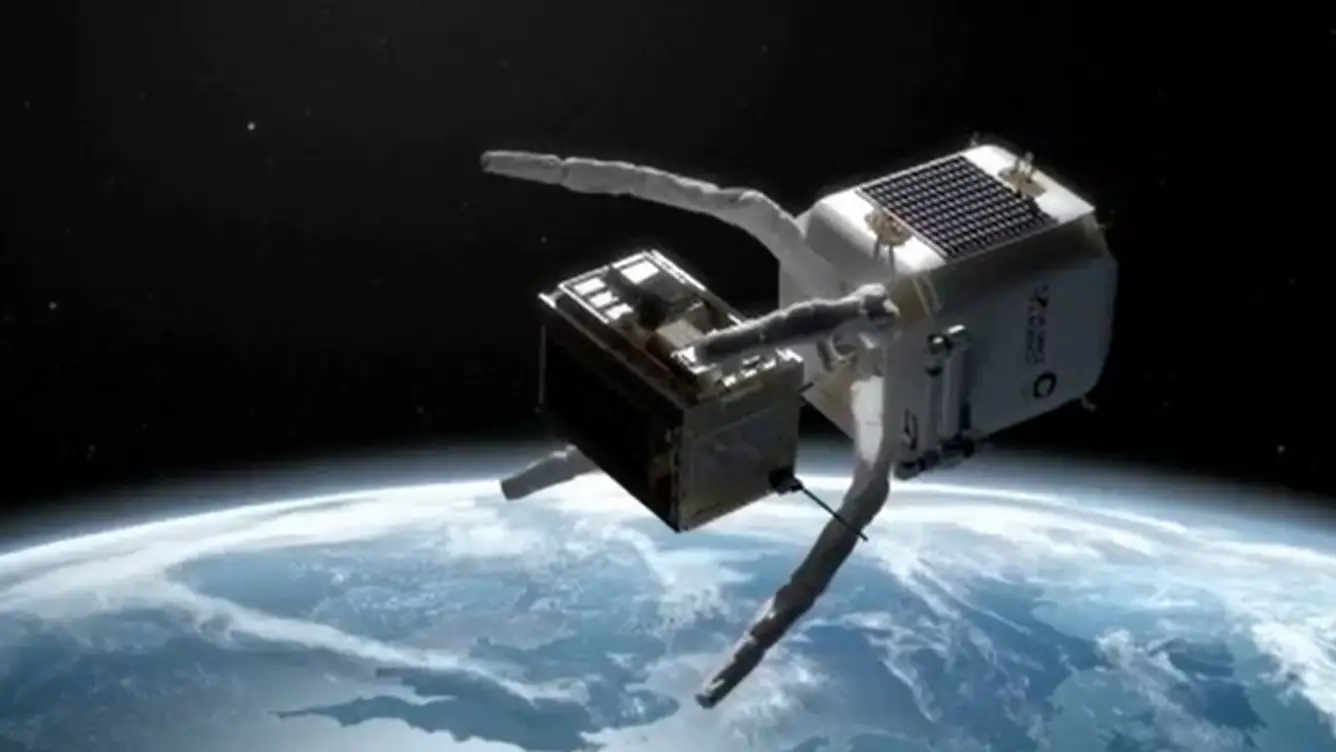Low Earth Orbit (LEO) is becoming increasingly cluttered with debris—from defunct satellites to fragments of rocket stages—posing a growing threat to active spacecraft and future missions. As the urgency to address this crisis escalates, robotics has emerged as a transformative solution. From agile robotic arms to innovative net systems, cutting-edge technologies are paving the way for sustainable orbital cleanup. Let’s explore how robotics is revolutionizing space debris removal in LEO.
1. Robotic Arms: Precision in Debris Capture
Robotic arms are at the forefront of active debris removal (ADR). Equipped with advanced sensors and AI-driven navigation, these systems can precisely grasp and maneuver large debris, such as abandoned satellites or rocket bodies. For instance, ClearSpace, a Swiss startup, is developing robotic arms to capture and deorbit debris, with ESA funding a landmark €86 million mission set for 2025 . These arms mitigate risks by avoiding collisions during capture, a critical challenge highlighted in recent research .
2. Nets and Harpoons: Tackling Uncooperative Targets
For rapidly rotating or irregularly shaped debris, robotic nets and harpoons offer a practical solution. Origin Space, a Chinese startup, launched a prototype in 2024 featuring a large net to snare debris, demonstrating scalability for future missions . Similarly, companies like Astroscale are testing magnetic systems and harpoons to secure tumbling objects, ensuring safe removal without fragmenting the debris .
3. CubeSats: Small Satellites, Big Impact
CubeSats, compact and cost-effective, are being repurposed for debris tracking and removal. A 2024 study proposed using CubeSats equipped with propulsion systems to rendezvous with debris, attaching drag-enhancing sails or deorbit modules to accelerate reentry . These tiny robots could form swarms to tackle multiple debris fragments, offering a scalable approach to LEO cleanup.
4. AI and Autonomous Navigation
Artificial intelligence (AI) is critical for autonomous robotic operations in the harsh environment of space. Systems leveraging computer vision and machine learning can identify, track, and intercept debris with minimal human intervention. A 2024 breakthrough showcased a robotic system using AI to predict debris trajectories and execute precise capture maneuvers, reducing collision risks in real time .
5. Upcycling: From Debris to Resources
Beyond removal, robotics enables in-orbit upcycling, where debris is repurposed into raw materials for manufacturing. Researchers propose using robotic systems to dismantle defunct satellites and 3D-print new components, turning waste into valuable assets . This approach aligns with sustainable space practices, reducing reliance on Earth-based launches.
Challenges and the Road Ahead
Despite progress, challenges persist. Technical hurdles, such as avoiding unintended fragmentation during capture , and high mission costs remain barriers. Additionally, international collaboration is critical, as no single entity can tackle the global debris crisis alone. Initiatives like the **Zero Debris Charter** aim to harmonize efforts, but binding agreements are still needed .
Robotics is transforming the fight against space debris, offering innovative tools to clean up LEO and ensure long-term orbital sustainability. With advancements in AI, CubeSats, and upcycling, the vision of a debris-free LEO is becoming achievable. As companies like ClearSpace and Astroscale pioneer missions, and governments invest in supportive frameworks, the future of space exploration looks clearer—thanks to robots leading the charge.






